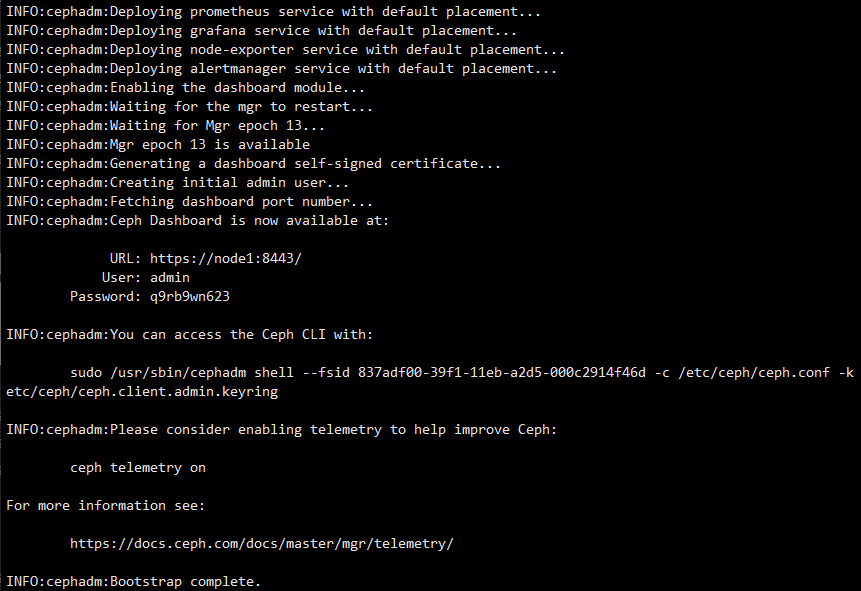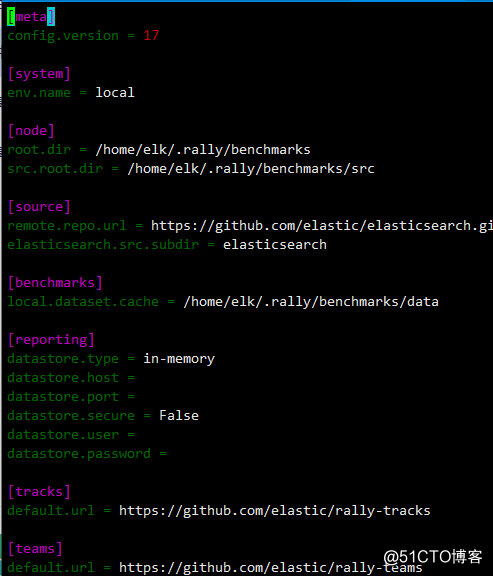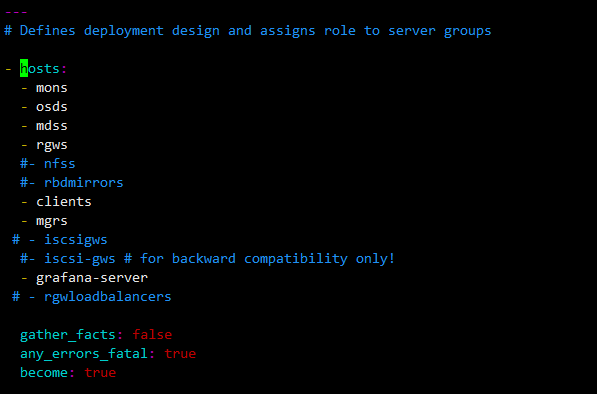
建议阅读时间: 2min
Redisson 实现分布式锁的机制如下: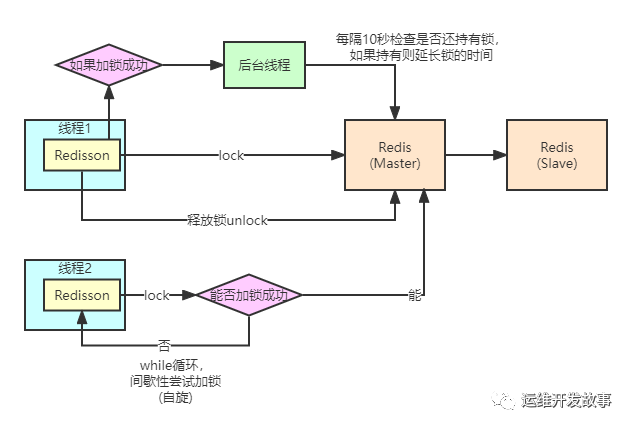
原理描述
-
先线程 1 获取锁,如果获取锁成功,那么会开启一个后台线程,每次间隔 10 秒进行续期。 -
并发情况,线程 2 会进行加锁,如果无法获取锁,那么就会进行自旋等待,等待到达一定次数过后,就会进行线程阻塞,并且订阅解锁消息。 -
当线程 1 释放锁之后,会触发 redis 的解锁消息,消息的观察者会观察到然后去唤醒解锁的逻辑,线程 2 继续竞争锁。 -
对于锁的重入,Redisson 是通过 hash 为数据类型的,会存储当前线程的 tid (本质是生成的 uuid 唯一id).
测试代码
下面我们将以一个秒杀的例子来说明:
依赖版本
implementation 'org.redisson:redisson-spring-boot-starter:3.17.0'
测试代码
下面是模拟一个商品秒杀的场景,示例代码如下:
public class RedissonTest {
public static void main(String[] args) {
//1. 配置部分
Config config = new Config();
String address = "redis://127.0.0.1:6379";
SingleServerConfig serverConfig = config.useSingleServer();
serverConfig.setAddress(address);
serverConfig.setDatabase(0);
config.setLockWatchdogTimeout(5000);
Redisson redisson = (Redisson) Redisson.create(config);
RLock rLock = redisson.getLock("goods:1000:1");
//2. 加锁
rLock.lock();
try {
System.out.println("todo 逻辑处理 1000000.");
} finally {
if (rLock.isLocked() && rLock.isHeldByCurrentThread()) {
//3. 解锁
rLock.unlock();
}
}
}
}
加锁设计
rLock.lock();是加锁的核心代码,我们一起来看看调用栈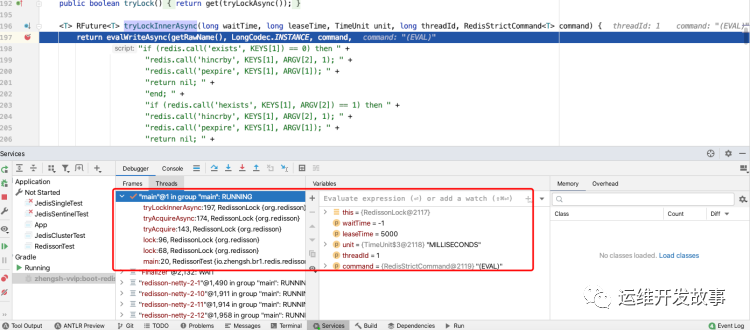 加锁的核心方法是:
加锁的核心方法是:org.redisson.RedissonLock#tryLockInnerAsync
<T> RFuture<T> tryLockInnerAsync(long waitTime, long leaseTime, TimeUnit unit, long threadId, RedisStrictCommand<T> command) {
return evalWriteAsync(getRawName(), LongCodec.INSTANCE, command,
"if (redis.call('exists', KEYS[1]) == 0) then " +
"redis.call('hincrby', KEYS[1], ARGV[2], 1); " +
"redis.call('pexpire', KEYS[1], ARGV[1]); " +
"return nil; " +
"end; " +
"if (redis.call('hexists', KEYS[1], ARGV[2]) == 1) then " +
"redis.call('hincrby', KEYS[1], ARGV[2], 1); " +
"redis.call('pexpire', KEYS[1], ARGV[1]); " +
"return nil; " +
"end; " +
"return redis.call('pttl', KEYS[1]);",
Collections.singletonList(getRawName()), unit.toMillis(leaseTime), getLockName(threadId));
}
其实它的本质是调用一段 LUA 脚本进行加锁, 需要注意的是这个地方使用的数据类型是 hash。这里是用 hash 的好处就是可以通过同一个 key 来存储重入的 tid
锁续期设计
锁的续期是在 org.redisson.RedissonLock#tryAcquireAsync方法中调用 scheduleExpirationRenewal实现的。
续期需要注意的是,看门狗是设置在主线程的延迟队列的线程中。
这里的好处就是如果我在一个进程中,同时加了 1000 把锁,我们不需要启动 1000 个子线程去续期,只需要创建 1000 个续期任务对象即可,在到达续期时间才会唤醒续期线程。
tryAcquireAsync 代码如下:
private <T> RFuture<Long> tryAcquireAsync(long waitTime, long leaseTime, TimeUnit unit, long threadId) {
RFuture<Long> ttlRemainingFuture;
if (leaseTime != -1) {
ttlRemainingFuture = tryLockInnerAsync(waitTime, leaseTime, unit, threadId, RedisCommands.EVAL_LONG);
} else {
ttlRemainingFuture = tryLockInnerAsync(waitTime, internalLockLeaseTime,
TimeUnit.MILLISECONDS, threadId, RedisCommands.EVAL_LONG);
}
CompletionStage<Long> f = ttlRemainingFuture.thenApply(ttlRemaining -> {
// lock acquired
if (ttlRemaining == null) {
if (leaseTime != -1) {
internalLockLeaseTime = unit.toMillis(leaseTime);
} else {
// 锁过期时间续期
scheduleExpirationRenewal(threadId);
}
}
return ttlRemaining;
});
return new CompletableFutureWrapper<>(f);
}
锁续期 scheduleExpirationRenewal代码如下:
protected void scheduleExpirationRenewal(long threadId) {
ExpirationEntry entry = new ExpirationEntry();
ExpirationEntry oldEntry = EXPIRATION_RENEWAL_MAP.putIfAbsent(getEntryName(), entry);
if (oldEntry != null) {
oldEntry.addThreadId(threadId);
} else {
entry.addThreadId(threadId);
try {
renewExpiration();
} finally {
if (Thread.currentThread().isInterrupted()) {
cancelExpirationRenewal(threadId);
}
}
}
}
然后在调用 renewExpiration(); 执行续期逻辑, 其实这里是一个定时任务 + 递归的方式实现续期的,用定时任务的好处就是不用去开 N 个字线程,只需要创建对应的任务对象即可。
备注:如果超级极端的情况下 N 把锁,同时加锁,同时需求。我们可以考虑在锁的有效期上,给它加一个浮动时间比如 100 - 500ms. 这样就能一定程度上避免 (参考的是缓存失效/击穿的解决方案)
private void renewExpiration() {
ExpirationEntry ee = EXPIRATION_RENEWAL_MAP.get(getEntryName());
if (ee == null) {
return;
}
// 创建延迟任务
Timeout task = commandExecutor.getConnectionManager().newTimeout(new TimerTask() {
@Override
public void run(Timeout timeout) throws Exception {
ExpirationEntry ent = EXPIRATION_RENEWAL_MAP.get(getEntryName());
if (ent == null) {
return;
}
Long threadId = ent.getFirstThreadId();
if (threadId == null) {
return;
}
// 真正的续期,调用 LUA 脚本续期
RFuture<Boolean> future = renewExpirationAsync(threadId);
future.whenComplete((res, e) -> {
if (e != null) {
log.error("Can't update lock " + getRawName() + " expiration", e);
EXPIRATION_RENEWAL_MAP.remove(getEntryName());
return;
}
// 如果续期成功
if (res) {
// reschedule itself
renewExpiration();
} else {
cancelExpirationRenewal(null);
}
});
}
}, internalLockLeaseTime / 3, TimeUnit.MILLISECONDS);
ee.setTimeout(task);
}
这里还有一个小的点,就是续期的时间是 1/3 为什么呢?保证在下次续期的时候锁不过期,如果是 1/2 可能在下次定时任务执行的时候 key 已经过期,如果小于 1/3 会导致频繁续期,任务代价/收益比不高。
renewExpirationAsync方法, 里面还是一段 LUA 脚本,进行重新设置锁的过期时间。
protected RFuture<Boolean> renewExpirationAsync(long threadId) {
return evalWriteAsync(getRawName(), LongCodec.INSTANCE, RedisCommands.EVAL_BOOLEAN,
"if (redis.call('hexists', KEYS[1], ARGV[2]) == 1) then " +
"redis.call('pexpire', KEYS[1], ARGV[1]); " +
"return 1; " +
"end; " +
"return 0;",
Collections.singletonList(getRawName()),
internalLockLeaseTime, getLockName(threadId));
}
锁的自旋重试
org.redisson.RedissonLock#lock(long, java.util.concurrent.TimeUnit, boolean)在执行获取锁失败的时候,会进入重试。其实这里就会执行 18 行以后的 while (true)逻辑
private void lock(long leaseTime, TimeUnit unit, boolean interruptibly) throws InterruptedException {
long threadId = Thread.currentThread().getId();
Long ttl = tryAcquire(-1, leaseTime, unit, threadId);
// lock acquired
if (ttl == null) {
return;
}
// 订阅锁过期的消息
CompletableFuture<RedissonLockEntry> future = subscribe(threadId);
RedissonLockEntry entry;
if (interruptibly) {
entry = commandExecutor.getInterrupted(future);
} else {
entry = commandExecutor.get(future);
}
try {
while (true) {
ttl = tryAcquire(-1, leaseTime, unit, threadId);
// lock acquired
if (ttl == null) {
break;
}
// waiting for message
if (ttl >= 0) {
try {
// 阻塞锁的超时时间,等锁过期后再尝试加锁
entry.getLatch().tryAcquire(ttl, TimeUnit.MILLISECONDS);
} catch (InterruptedException e) {
if (interruptibly) {
throw e;
}
entry.getLatch().tryAcquire(ttl, TimeUnit.MILLISECONDS);
}
} else {
if (interruptibly) {
entry.getLatch().acquire();
} else {
entry.getLatch().acquireUninterruptibly();
}
}
}
} finally {
unsubscribe(entry, threadId);
}
// get(lockAsync(leaseTime, unit));
}
entry.getLatch().tryAcquire(ttl, TimeUnit.MILLISECONDS);其实这里就是一个间歇性自旋。等到上次锁过期的时间,在唤醒进行抢锁 entry.getLatch().acquire();
订阅锁失效
还有一个逻辑就是
CompletableFuture future = subscribe(threadId);
这里其实是会订阅一个消息,如果解锁过后,会发布解锁的消息。然后再唤醒当前多次竞争锁进入休眠的线程。
解锁设计
rLock.unlock(); 的核心就是释放锁,撤销续期和唤醒在等待加锁的线程(发布解锁成功消息)。
核心方法(解锁): org.redisson.RedissonLock#unlockInnerAsync
protected RFuture<Boolean> unlockInnerAsync(long threadId) {
return evalWriteAsync(getRawName(), LongCodec.INSTANCE, RedisCommands.EVAL_BOOLEAN,
"if (redis.call('hexists', KEYS[1], ARGV[3]) == 0) then " +
"return nil;" +
"end; " +
"local counter = redis.call('hincrby', KEYS[1], ARGV[3], -1); " +
"if (counter > 0) then " +
"redis.call('pexpire', KEYS[1], ARGV[2]); " +
"return 0; " +
"else " +
"redis.call('del', KEYS[1]); " +
// 发布解锁成功消息
"redis.call('publish', KEYS[2], ARGV[1]); " +
"return 1; " +
"end; " +
"return nil;",
Arrays.asList(getRawName(), getChannelName()), LockPubSub.UNLOCK_MESSAGE, internalLockLeaseTime, getLockName(threadId));
}
还是 LUA 的执行方式。
撤销锁续期
核心方法 org.redisson.RedissonBaseLock#unlockAsync(long)
@Override
public RFuture<Void> unlockAsync(long threadId) {
// 解锁
RFuture<Boolean> future = unlockInnerAsync(threadId);
// 撤销续期
CompletionStage<Void> f = future.handle((opStatus, e) -> {
cancelExpirationRenewal(threadId);
if (e != null) {
throw new CompletionException(e);
}
if (opStatus == null) {
IllegalMonitorStateException cause = new IllegalMonitorStateException("attempt to unlock lock, not locked by current thread by node id: "
+ id + " thread-id: " + threadId);
throw new CompletionException(cause);
}
return null;
});
return new CompletableFutureWrapper<>(f);
}
解锁成功唤排队线程
在 org.redisson.pubsub.LockPubSub#onMessage中回去唤醒阻塞的线程,让执行前面的锁自旋逻辑,具体代码如下:
@Override
protected void onMessage(RedissonLockEntry value, Long message) {
if (message.equals(UNLOCK_MESSAGE)) {
Runnable runnableToExecute = value.getListeners().poll();
if (runnableToExecute != null) {
runnableToExecute.run();
}
value.getLatch().release();
} else if (message.equals(READ_UNLOCK_MESSAGE)) {
while (true) {
Runnable runnableToExecute = value.getListeners().poll();
if (runnableToExecute == null) {
break;
}
runnableToExecute.run();
}
value.getLatch().release(value.getLatch().getQueueLength());
}
}公众号:运维开发故事
github:https://github.com/orgs/sunsharing-note/dashboard
爱生活,爱运维
如果你觉得文章还不错,就请点击右上角选择发送给朋友或者转发到朋友圈。您的支持和鼓励是我最大的动力。喜欢就请关注我吧~

扫码二维码
关注我,不定期维护优质内容
温馨提示
如果你喜欢本文,请分享到朋友圈,想要获得更多信息,请关注我。
........................



